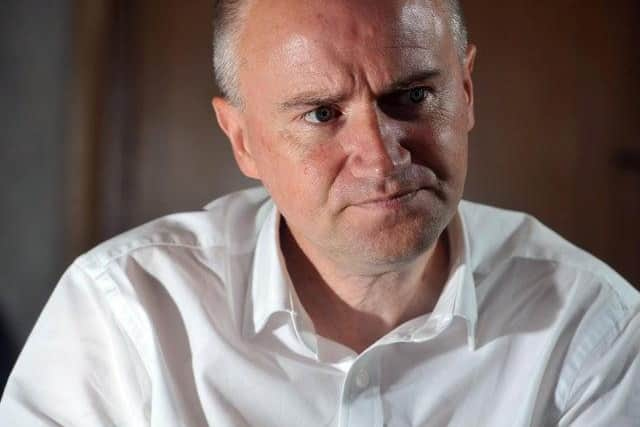Leeds Covid infection rate ‘growing but slowing’ says council CEO
and live on Freeview channel 276
A full Leeds City Council meeting heard how the infection rate has increased to just over 75 per 100,000, following further measures from the Government to help the city combat its infection rates.
Council chief executive Tom Riordan added the new infections were among all demographics and areas of the city, but had the highest impact on those aged 15-34.
Advertisement
Hide AdAdvertisement
Hide AdMr Riordan said: “We are currently in an ongoing live situation where things are changing.


“Cases are rising within the city as they are throughout the country. We are classified as an area for enhanced support – that may stay the same or change.
“If your case rates continue to rise, we do expect that may change and we may get extra restrictions as other areas in the north have got.”
Speculation was rife last Friday over whether Leeds would follow Birmingham into a government-imposed local lockdown, before a statement late in the afternoon announced the city would instead receive extra support from Whitehall.
Advertisement
Hide AdAdvertisement
Hide AdMr Riordan told today’s meeting that government agencies were meeting in the coming days, adding: “We will know more later in the week about where we and neighbouring authorities stand.
“Today’s seven-day rolling infection rate is 75.5 per 100,000 – the seven day positivity rate is 6.5 percent. Both of those are slight increases although over the last three days, we have seen a deceleration in the rise, but it is volatile.
“We continue to have cases in all wards, with the highest rates in the west of the city and to the north and east of the city centre. This is dynamic and tends to change.
“The 15-34-year-olds group is the highest age group, but they are now closely followed by the 35-49 group. It is about children and young adults, but it is extending to other parts of the population.
Advertisement
Hide AdAdvertisement
Hide AdHe added that around 60 per cent of the cases were of white British ethnicity, adding there were currently 19 cases in care homes and more than 44 schools with cases.
“It all comes down to how many people have spent 15 minutes or more within 2 metres, or one minute or more within one metre – it’s important to continue social distancing,” he said.
“We are concerned about the impact of transmission if this continues, and the impacts on those more vulnerable.”